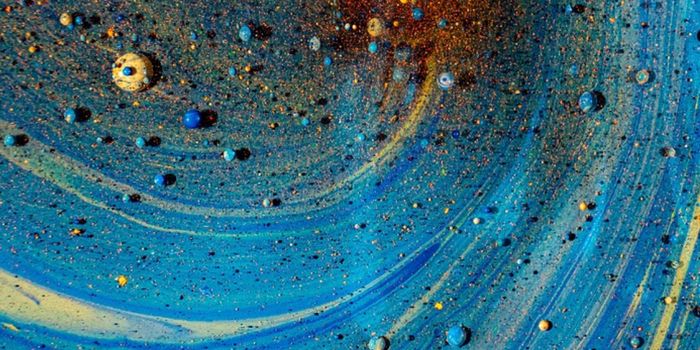Persisters: Bacteria That Evade Drug Treatment
It is not only the scientific community, but also world institutions like the United Nations, that are becoming more concerned about bacteria that is resistant to standard treatments. Drug-resistant ‘superbugs’ are not the only serious public health threat, however. Chronic bacterial infections that evade treatment also afflict many people. As such, scientists are looking for new ways top exploit weaknesses in bacteria, and trying to develop new treatment strategies. Researchers at the BASP Centre, University of Copenhagen have reported finding strategies utilized by bacteria in order to survive antibiotic treatment as aptly named persister cells. A complete understanding of this phenomenon help the development of better drug treatments, and could potentially initiate the creation of novel antibiotics that would take aim at these tenacious, pathogenic persister bacteria.
Publishing in the journal Science, Alexander Harms and colleagues from the Department of Biology of the BASP Centre describe newly identified molecular mechanisms that help bacteria to endure and survive antibiotic treatment so they can later go on to cause infections that become recurrent and chronic. Such infections can be tamped down with typical therapeutic regimens, only to surface again when the immune system is vulnerable.
“This amazing resilience is often due to hibernation in a physiological state called persistence where the bacteria are tolerant to multiple antibiotics and other stressors. Bacterial cells can switch into persistence by activating dedicated physiological programs that literally pull the plug of important cellular processes,” explained postdoctoral fellow Harms. “Once they are persisters, the bacteria may sit through even long-lasting antibiotic therapy and can resuscitate to cause relapsing infections at any time after the treatment is abandoned.”
With new detection techniques like the one that is shown in the figure, recent work published by investigators working in the field has revealed the molecular underpinnings of several cellular cascades that drive the formation of bacterial persisters. Scientists have been able to confirm what scientists have long thought, that persistence is very closely related to dormancy or slow growth. Analogies to bacterial persistence can therefore be found in nature, such as animals that go into hibernation, slowing metabolism during periods when their environment is not ideal for survival. Another example is the tough, persistent spores that many mushrooms and plants produce to propagate themselves.
In an event seen in many different kinds of bacteria, a special compound, referred to as "magic spot" – the molecule guanosine-tetraphosphate or ppGpp, regulates dormancy pathways, giving it a central function in the bacterial persistence phenomenon. Many of these findings were achieved at the BASP Centre, and hopefully will aid in the future development of better drug treatment strategies, or even the eventually creation of novel antibiotics, an important goal.
The persister phenomenon is described in the video above. You can read more about bacteria associated with chronic infections here in the journal Virulence.
Sources: AAAS/Eurekalert! via University of Copenhagen, Extremophiles, Science









